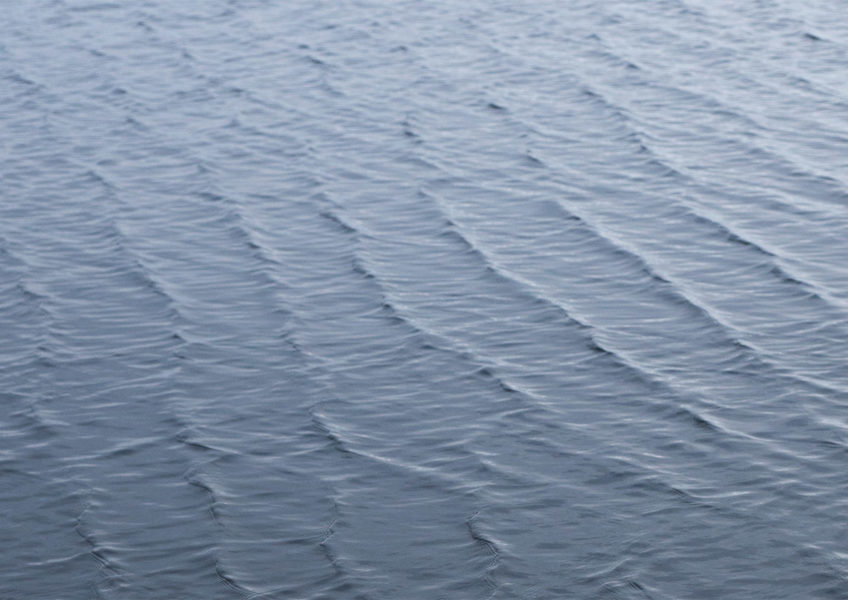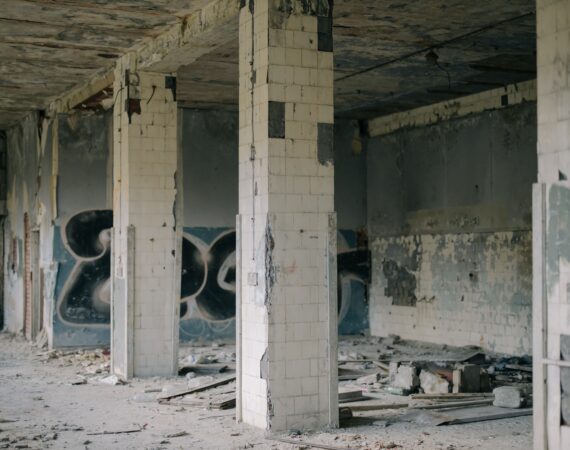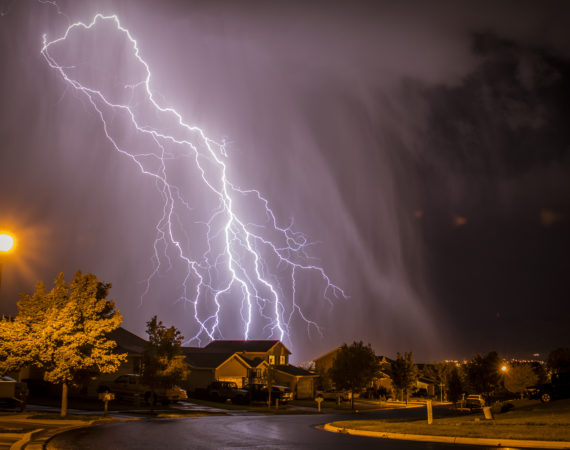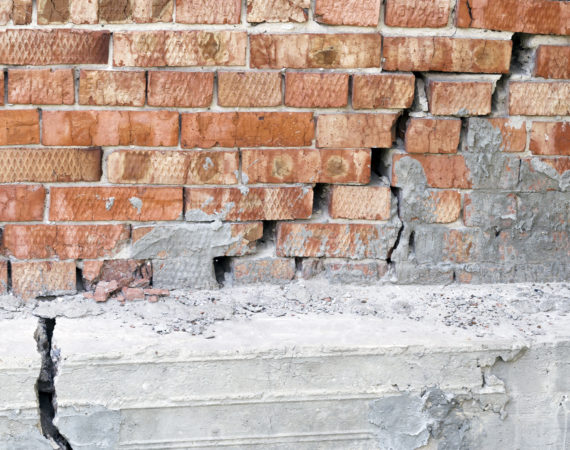The Oil Spill of 2010
Deepwater Horizon was a mobile and floating drill rig that was operational in waters up to 10,000 feet deep. It was built by Hyundai Heavy Industries in South Korea and chartered to BP starting in March of 2008 to September of 2013. In 2010, the rig was drilling a well about 41 miles off of the coast of Louisiana called the Macondo well. On April 20, 2010, an oil spill referred to as the Deepwater Horizon oil spill in the Gulf of Mexico became the largest marine oil spill and environmental disaster in American history. The U.S. Federal Government estimates that the total discharge was 4.9 million barrels of oil into the Gulf of Mexico.
Explosion
High-pressure methane gas rose from the well into the drilling rig where ignited and exploded. The U.S. Coast Guard searched for three days for eleven missing people that were never found and were assumed to have died during the explosion. Ninety-four other people were rescued, with 17 of them treated for injuries.
Oil Spill
After the Deepwater Horizon sank on the morning of April 22, 2010, an oil leak was discovered at the site with a large oil slick. Initial oil flow was estimated by the Flow Rate Technical Group to be around 62,000 barrels per day. The flow lasted for 87 days affecting 68,000 square miles of ocean, approximately the size of Oklahoma. In June 2010, 125 miles of oil sludge had washed along the coastlines of Louisiana, Mississippi, Florida, and Alabama. In September 2010, a new wave of oil sludge 16 miles along Louisiana washed onshore. As of 2011, 491 miles of coastline was covered by oil.
Containment and Clean Up
Many efforts were made to reduce oil leakage, but many efforts made by BP also failed. On May 2, 2010, GSF Development Driller II began drilling a second relief well to test oil and pump mud into the well-head. On September 19, 2010, the well was declared “effectively dead” and by National Incident Commander Thad Allen, and was no longer a threat to the Gulf.
Although BP claimed in April 2014 that the coastline cleanup was almost complete, the U.S. Coast Guard stated that there remained a large amount of work left to be done. Skimmer boats were used to remove most of the oil, along with sorbents to absorb oil remnants. BP funded the State of Louisiana to conduct regular testing of the shellfish, fish, sand, and water.
Forensic Engineering Specialists
Engineering Specialists Inc. has nearly 30 years of field experience in analyzing the damage to vehicles, residential, commercial, and industrial buildings. We can work on any project in any state, nationwide. When you or your business needs to confirm the extent of damage or how to correct a problem, email us at office@esinationwide.com or call us, toll-free, at (877) 559-4010.




